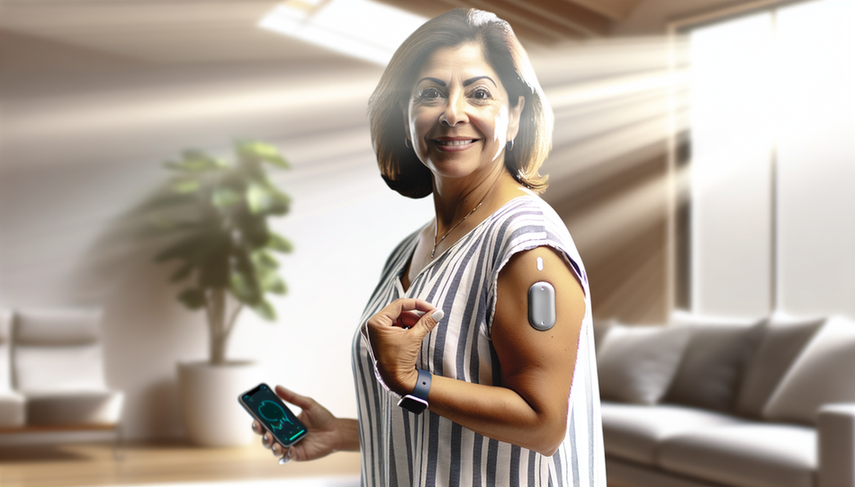Revolutionizing Diabetes Management: Non-Invasive Continuous Glucose Monitoring Sensors

Diabetes is a chronic disease that affects millions of people worldwide, and its proper management is crucial to prevent serious complications. Traditionally, blood glucose monitoring has been an invasive and often uncomfortable process for patients. However, advancements in non-invasive technology are revolutionizing diabetes diagnosis and management, offering more comfortable and effective methods for continuous monitoring of glucose levels.
Advances in Non-Invasive Glucose Sensors
Non-invasive glucose sensors have emerged as a promising solution for continuous glucose monitoring, eliminating the need for frequent finger pricks. These devices utilize various techniques, such as electrochemical, optical sensors, and those based on alternative body fluids like sweat, saliva, and tears. A notable example is the use of sensors in contact lenses, which allow for glucose detection in tear fluid, providing an innovative and discreet option for patients (ver más).
Additionally, sweat-based sensors have gained attention due to their potential for integration into wearable platforms, offering continuous monitoring without the need for invasive devices (ver más). These advancements not only enhance patient comfort but also provide real-time data that can be crucial for effective diabetes management.
Impact and Future of Non-Invasive Continuous Monitoring
The impact of these technologies on diabetes management is significant. Continuous monitoring devices not only improve patients' quality of life by reducing the pain and discomfort associated with traditional methods but also offer a more comprehensive view of glucose trends over time. This enables more precise and personalized therapeutic interventions (ver más).
The future of continuous glucose monitoring systems looks promising, with ongoing research exploring new methodologies and materials to enhance the accuracy and accessibility of these devices. The integration of artificial intelligence and machine learning algorithms is also on the horizon, which could further improve the precision and predictive capabilities of these systems (ver más).
Conclusions
Non-invasive continuous glucose monitoring systems are transforming the landscape of diabetes management, offering more comfortable and effective solutions for patients. As technology continues to advance, we are likely to see broader adoption of these devices, improving the quality of life for millions of people with diabetes worldwide.
Referencias
- [1] Continuous Non-Invasive Glucose Monitoring via Contact Lenses: Current Approaches and Future Perspectives
- [2] Comprehensive Review on Wearable Sweat-Glucose Sensors for Continuous Glucose Monitoring
- [3] Patent analysis of digital sensors for continuous glucose monitoring
- [4] Technological advancements in glucose monitoring and artificial pancreas systems for shaping diabetes care
Created 24/1/2025
